Culinary Blogs in Córdoba
- Details

The first issue we face when looking up restaurants on-line in Córdoba would be choosing the right Córdoba in the world. For instance, Córdoba, Argentina, has five times the population of our city, so it is likely that its presence on-line would be at least five times bigger. However, you can narrow the search by simply writing “Mezquita” right next to “Córdoba”; Andalucía, Moriles, Salmorejo… will also do.
Shot Tower: an unknown industrial remaining from the XIXth century.
- Details

There is very little industrial heritage in Córdoba for two reasons: Córdoba was never an industrial city, it never had much activity besides some agricultural factories. The second reason has to do with the location. The industrial areas needed to be close to city but could not be inside the city walls. Plus, since the winds in Córdoba blow generally from the West, to avoid fumes and pollution in the rest of the city, factories were placed only in the North and East (Ollerías Avenue and Ronda del Marrubial).Two chimneys are the Córdoba’s sole survivors, they outlived progress and city expansion throughout the XXth century. The most popular is known as the Chimeneón, or simply big Chimney, a vague memory of the olive oil industrial complex that Aceites Carbonell had next to the Malmuerta Tower.
The “Chiquita piconera” of British Pop
- Details
Ronald Kitaj may not be as popular as his close friend David Hockney, and yet he is the one who introduced the School of London to the world by that same name. The school of London gathered pop British painters such as Allen Jones, Boshier, Caufield, Peter Phillips, etc.
The “errand Jew”, as he often spoke of himself, born in Ohio, although later would take on the British citizenship, first heard of Spain to his mother who befriended the brigadiers that fought in the Republican side during the Civil War. He visited Sant Feliu de Guíxols (Costa Brava) in 1957, it was then that his relationship with the Spanish culture begun and it would last 20 years.
The word that drowned in the Guadalquivir.
- Details
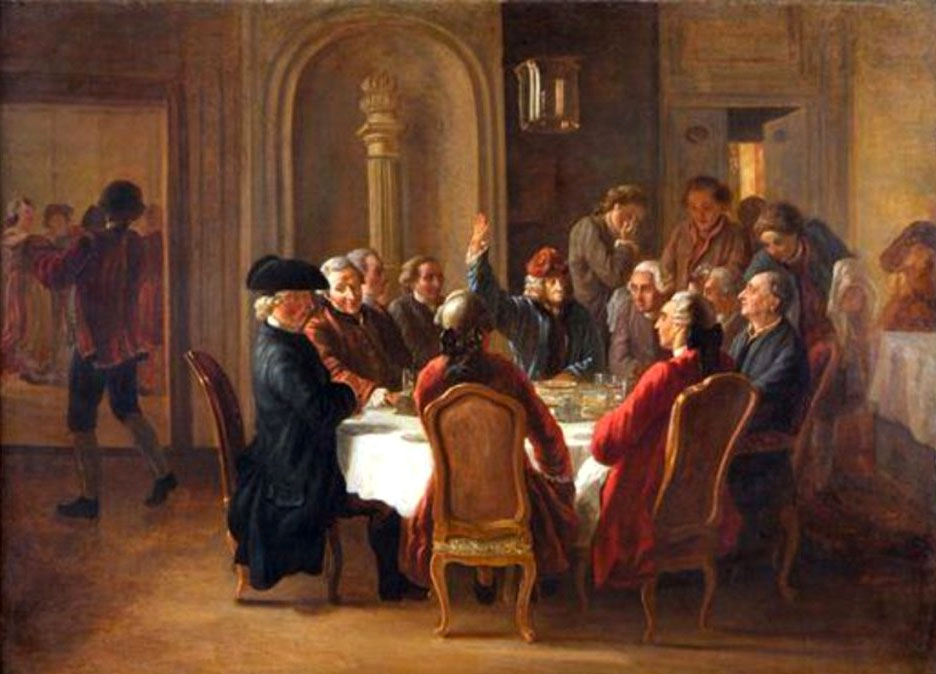
Wikipedia states that Antoine Alexandre Henri Poinsinet was born in Fontainblue the 17th of November of 1735 and drowned in the Guadalquivir, in Córdoba, the 7th of June of 1769. The French playwright and librettist of the great Philidor –to whom Wikipedia dedicates more space trying to make sense of his odd character than to his work– would be the lead character in this curious story that happened very close to Hotel Viento10.
La Mezquita de Córdoba and David Hockney
- Details

We dealt recently with Ronald Kitaj and his chiquita piconera, today we shall talk about another great British Pop character: David Hockney. He too made his peculiar grand tour around the romantic Andalucía. It was in spring of 2004 when he visited the three Andalusian architectural treasures: Córdoba, Granada and Seville.
The Colt of Cervantes... and Don Quixote.
- Details

The biography of our most distinguished and universal writer, Miguel de Cervantes, gets eaten away by the mist of time. There are but a few true and verified facts about the life of the great author. Countless scholars and investigators have been trying desperately to disentangle the puzzled enigma of his life in order to build an honest portrait of Don Miguel. For instance, although it is not certain, many believe him to have been born in Córdoba.
Confusion of Confusions
- Details

José de la Vega, whose real name was Joseph Penso de la Vega Pasariño, was a Jewish merchant and writer. He was born in Espejo (Córdoba) around 1650, probably, into a Jewish family from Portugal or Galicia. One of many new Christians families that converted in Spain. He successfully engaged in trade and finances, though, he was also a fine author.
The drawings of Córdoba by M.C. Escher.
- Details
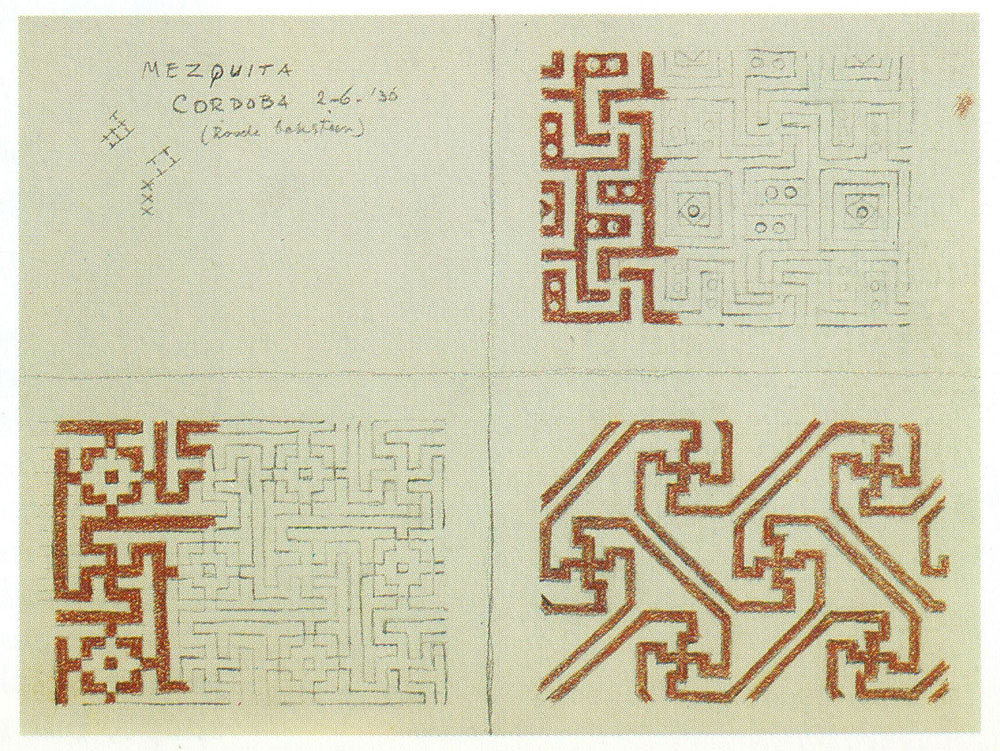
What is it that fascinate us so much about M.C. Escher? His impossible paintings and surreal mosaics seem to lack a expire date. There are a millions replicas of his drawings circulating the web, especially those reflecting his tours around Córdoba and Granada. Maurits Cornelis Escher, better known as M.C. Escher, traveled to Spain for the first time in 1926 and visited the Alhambra of Granada. He took many notes during his stay there and made sketches of its famous mosaics.
What if the Philosopher’s Stone was under the floors of the Mezquita?
- Details

I know that the philosopher’s stone is only a myth built on human greed, but, nonetheless, for centuries it was said and believed that this legendary alchemical substance would turn any given metal, such as lead, into gold. It was also believed to be an elixir that would grant eternal life and youth. For many centuries it was also the most ambitioned end to most alchemists. The philosopher’s stone symbolizes perfection to its purest form, the spiritual enlightenment and divine happiness. Those efforts to discover the philosopher’s stone were known as Opus magnum (“Great work”)
The perfect chapel
- Details
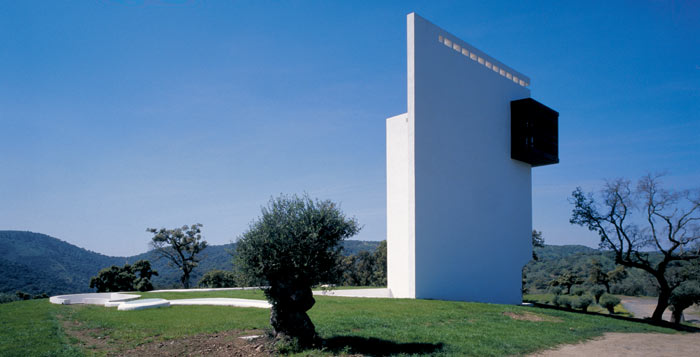
Despite the original building (1979) was to be located in the mountains near Córdoba (you can look it up above; the MOMA keeps the project plans safe), it was finally build 40 kilometers from Seville in 2004, in La Roda (between the regions of Burguillos, Guillen and El Ronquillo).
Jamelie Hassan’s artwork inspired on the tile bench in Córdoba.
- Details

The circular bench made with the famous ceramic from Talavera that today slowly decays forgotten in the Agriculture Gardens (Los Patos), acted, back in 1925, as the limit enclosing the local Seneca public library. The library was but a small hexagonal hall containing little more than 2000 books that remained open until 1963. Then the library was demolished on account of prostitution being held in the premises at night. The circular bench is the only reminiscence of it, now rotting away because of idle institutions.
The building key of the Mezquita
- Details
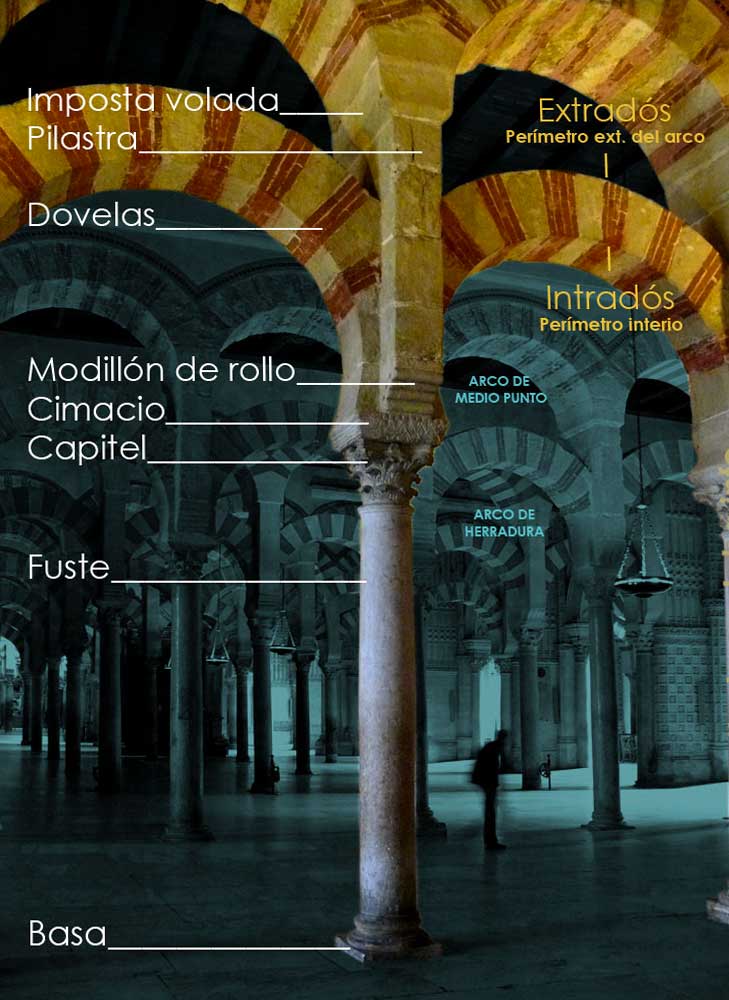
The Mezquita is the finest patrimony the city of Córdoba has. It is important for many reasons: it is the oldest building still in use in Spain; it shows the fusion of great civilizations that were able to cohabit in harmony at the time; it is a symbol to the Islamic world; and it also represents an architectonic reference that even nowadays leaves architects from all over the world in awe.
The king of Deutsch Punk: a Córdoba man raised in Manríquez street.
- Details
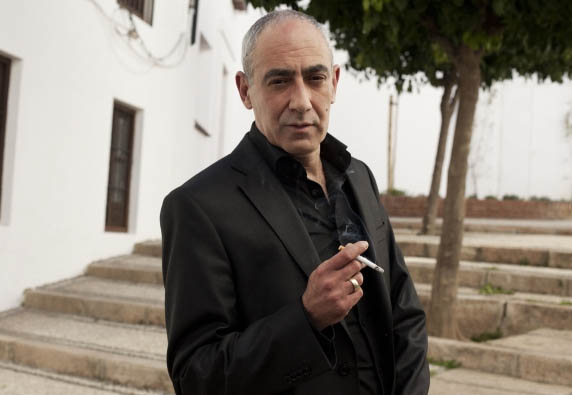
I am almost certain that at least one of you have heard of Gabi Delgado, well, that is if you are my age and have partied the night like my generation has. In my mind still echoes that little big pub in the old Jewish hood, “Varsovia” was the name back in the 80’s: cutting edge stuff.
Gabi Delgado was born in Córdoba in 1958, right in Manríquez street, or so the king said in a recent interview. He spent his childhood here but in 1966, he parted alongside his family to Germany (just like many other families did then). It is there, however, that his musical career starts; with time he would become one of the most influential musician in Germany.
FLORA: First International Flower Festival
- Details

This first edition of FLORA brought 8 international floral artists that transformed the Festival’s chosen patios into 8 unrecognizable stunning spaces. Located in some of the most representative buildings of Córdoba, this works have resulted in a delightful little tour through memory, art and heritage. These ephemeral floral installations will be open to the general public from the 20th to the 29th of October.
Hours in Córdoba
- Details
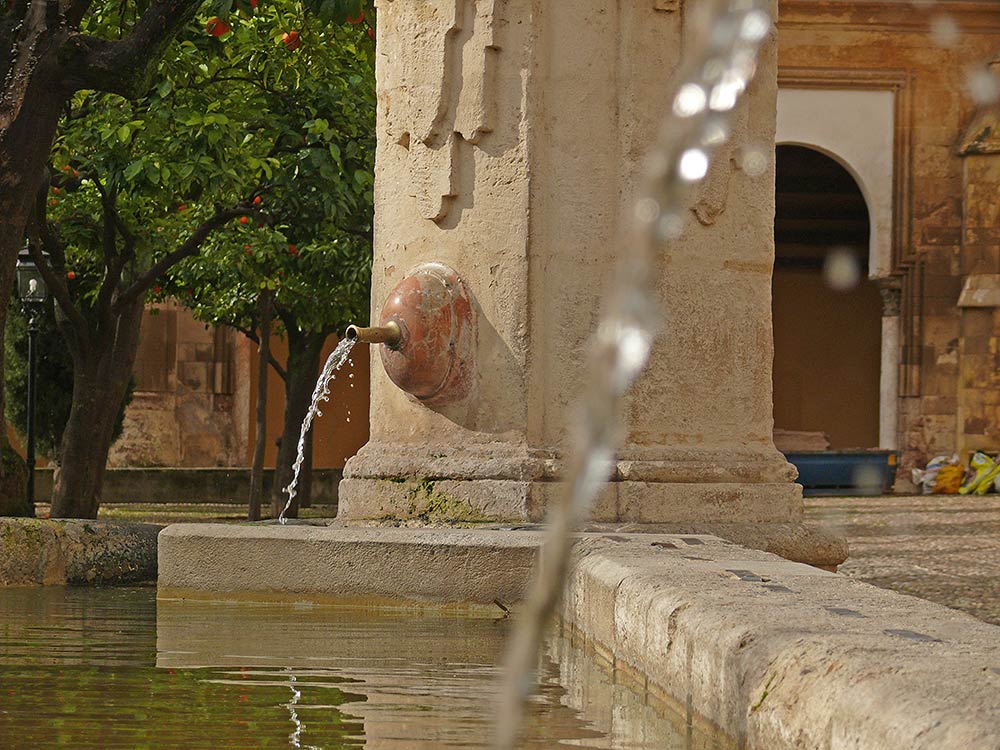
Now that we so desperately need to review and strengthen the idea of Spain, I search the words of the minds of our past, new old reasons that will help me understand this dreadful and immoral political context. It is a strange country, Spain.
This search took me through numerous authors, and I didn’t know what it was I was looking for until I run into one of Azorín’s books. Inside I found a beautiful description of Córdoba that soothed me. Azorin’s words build a clean and brief image of the city, a delicate, almost frail, touch containing the right amount of color and meaning. I walked the city inside my heart. It is a circle, every word is where it needs to be and not a comma is unneeded.
Kahn’s Archives of the Planet: Córdoba
- Details
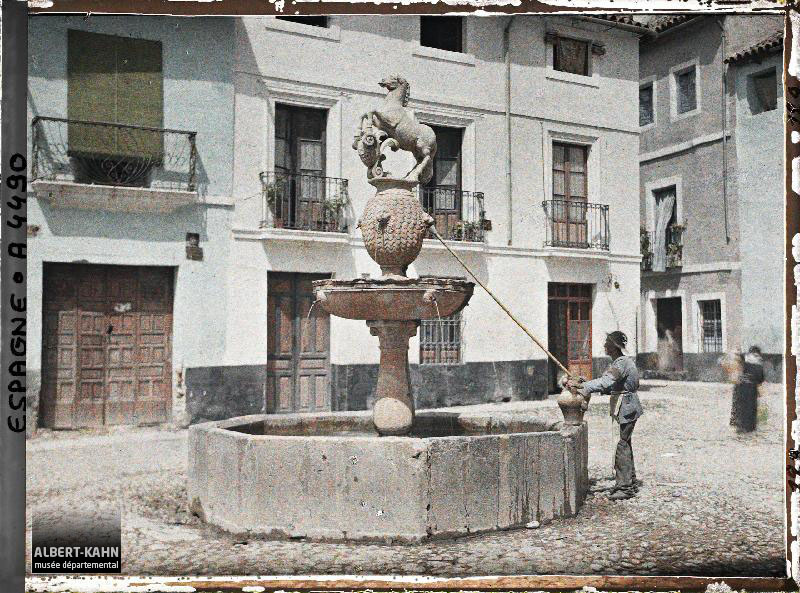
Albert Kahn (1860- 1940), besides a banker of Jewish background, was a philanthropist and a cultural promoter. In 1898, at the age of 38, he decided to start “The Archives of the Planet”, a universal project thought to be a dream that he made it come true. He spent a big part of his fortune filming and documenting the World. He paid for the latest and best equipment so the professionals traveling the Planet could record its landscapes, its monuments and its people. Within this photographic and cinematographic atlas of the World, there are 76 pictures of Córdoba taken in 1914.
The beginnings of Painting in Córdoba.
- Details
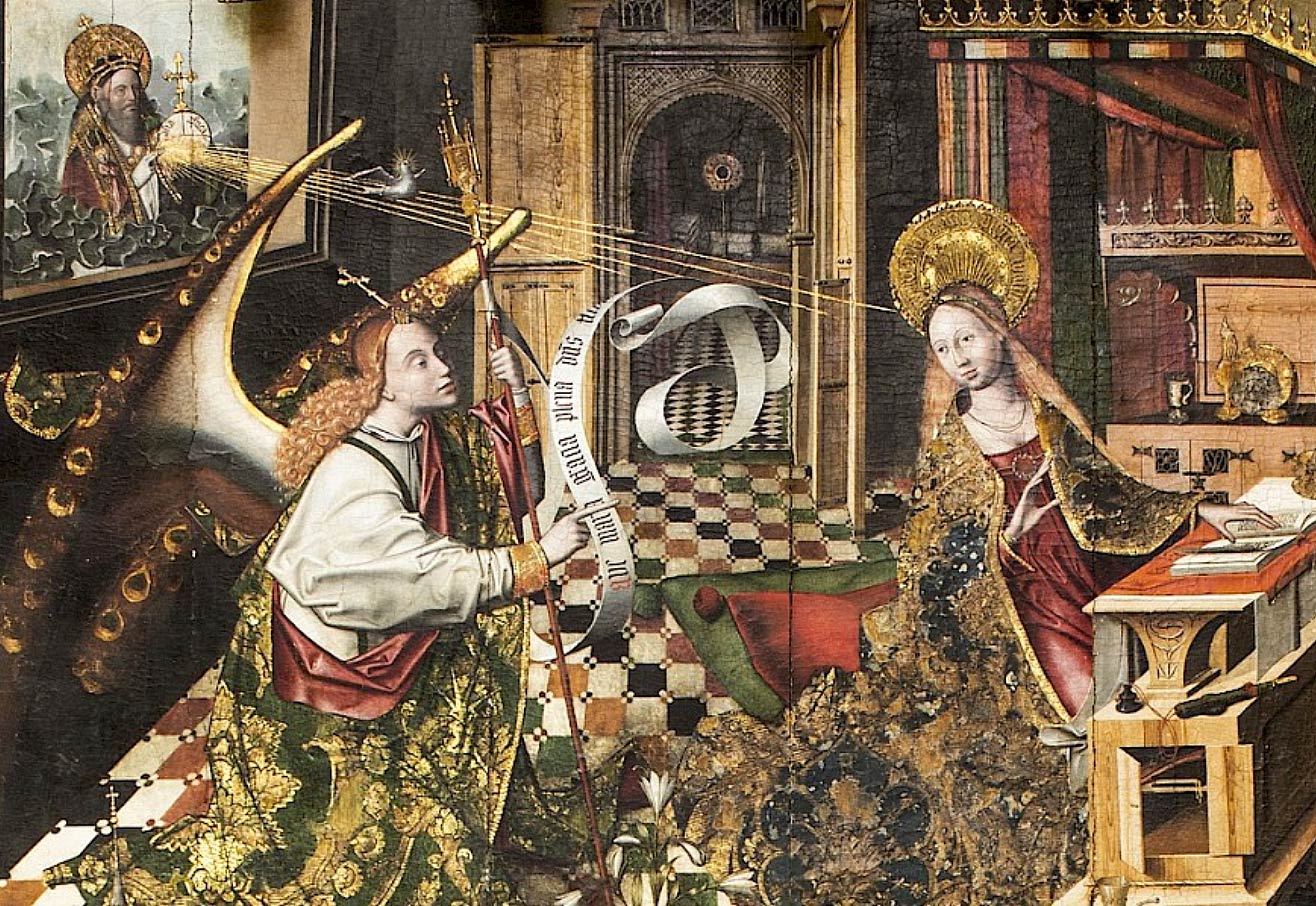
The XVth century brought changes to Fine Arts and particularly to Painting. Gothic Art, its forms of representation (sculpture, glass and tesseras), was showing signs of depletion. That and the availability of new techniques such as oil painting or perspective were already giving notice that Painting will become the main form of representation up until the “recent” development of photography.
"Iglesias Fernandinas": an essential route
- Details

Under the category of “Iglesias Fernandinas” fall all the churches that Fernando III commanded to be built in Córdoba after the city was finally captured from the Muslims in 1236. The buildings are in-between Romanesque and Gothic architecture: a must for anyone that enjoys art and history. The churches are of a strong appearance, almost fortresses. Many are build in the same place of prior mosques using the same elements for the new construction.
Córdoba's cobble.
- Details
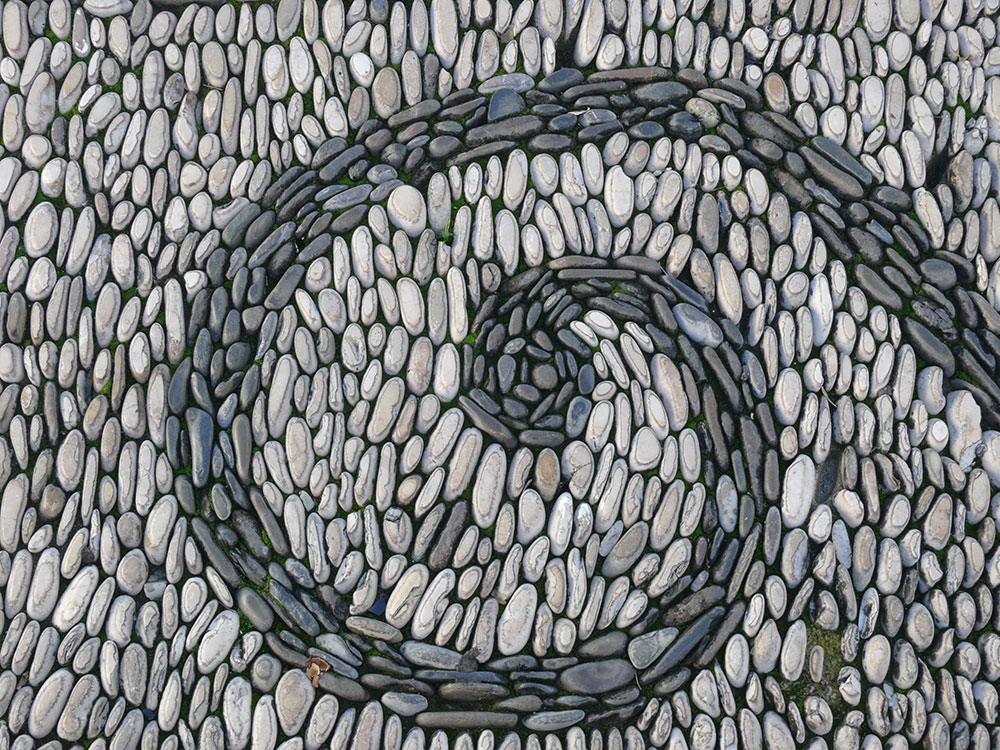
When promenading in Córdoba look not only what is in front of or above you. The floors are a distinguishing mark of the city. I am referring to the popular and historic pavement of its streets, squares and patios. There are three kinds of historical floors that have their root deep into Córdoba's beginnings.
Unique Trees of Córdoba
- Details
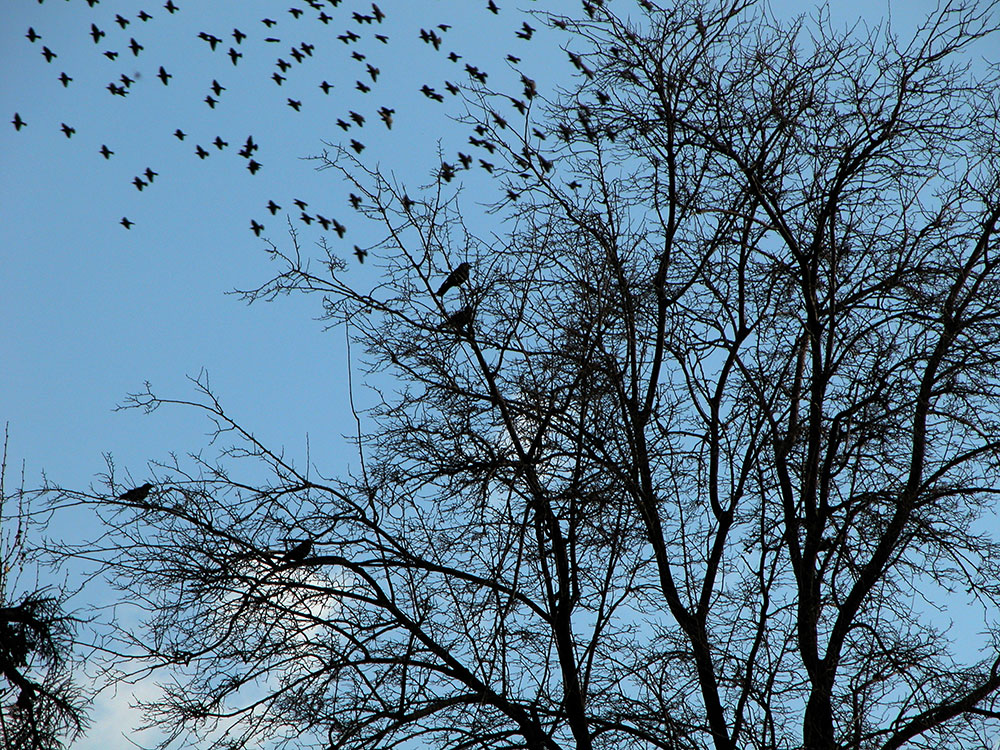
Cordoba has more than 500 hectares of green zones and 82.000 trees distributed throughout the city. These astonishing figures come from the 44th National Conference of Public Parks and Gardens that is taking place these days in Córdoba. Within this vast number of trees there are unique ones in the city that, just like the Synagogue or La Mezquita, are worth a visit.
Caracoles season
- Details
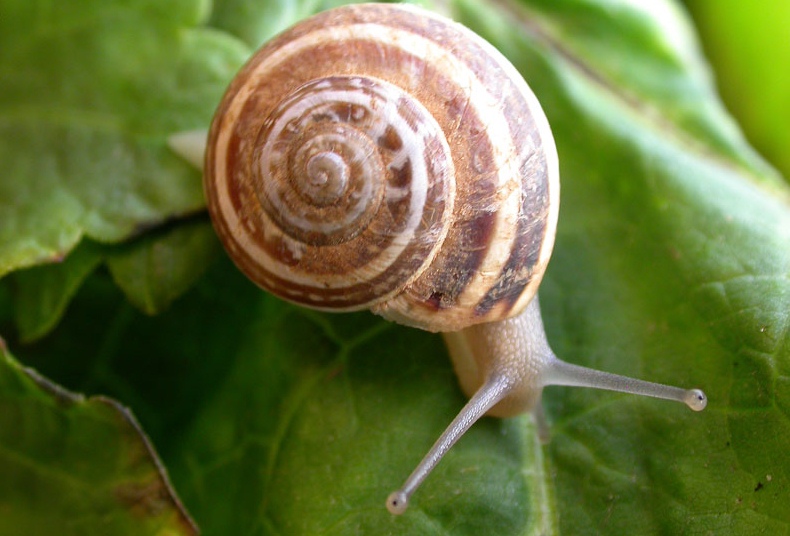
Just like watching the Chinese feeding on grasshoppers some may be disgusted by the mere sound of it: snails in their own sauce. However it is among the most popular traditions in Córdoba, believe or not “caracoles en su salsa” is a pure delicacy. An ancient tradition, there is no such thing as an Andalucía without snails. Farmers grew them in the fallow lands, they throw pieces of rubble or big simple tiles on the ground and snails place their home underneath them. There they are left to thrive until Spring comes and the insides of these tiles and rubble are revealed, then snails are harvested. In the southern parts of Spain it is quite normal to find them safely glued to the shade of prickly pears.
XVIth edition of the International Photography Biennial of Córdoba
- Details
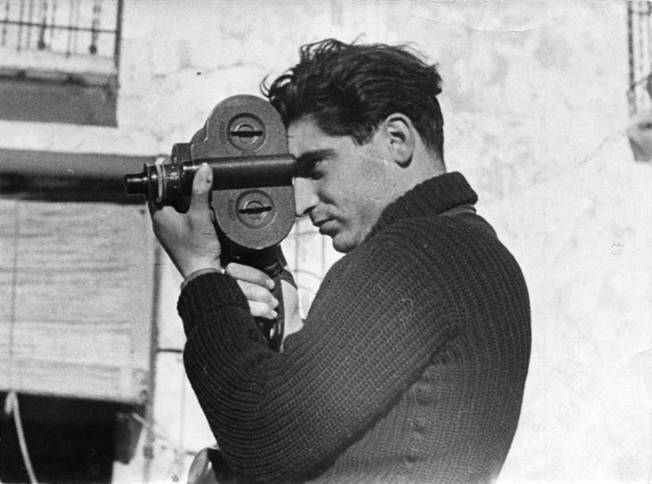
Córdoba plays a powerful role in the world of Photography, having its highpoint during International Photography Biennial of Córdoba. This XVIth edition the Biennial will focus on war images. Between the 23rd of March and the 21st of May a wide range of activities will be taking place in Córdoba: workshops, documentaries of warlike conflicts, book presentations, conferences, round tables.
Amontillado, a wine to remember
- Details

“The cask of Amontillado” is the famous title of one of the best stories of Edgar Allan Poe, a tale of vengeances in which a cask of Amontillado lures the victim into a most gruesome fate. Well, my friend, you are indeed in the land of this desired wine. The Amontillado, along with the Pedro Ximénez, is the crown jewel of the winery Montilla Moriles. Although they are not easy to find, nor even in its own country. It is only in certain taverns and bars where one might be able to enjoy such an exquisite wine.
The best “pata negra” in the world
- Details
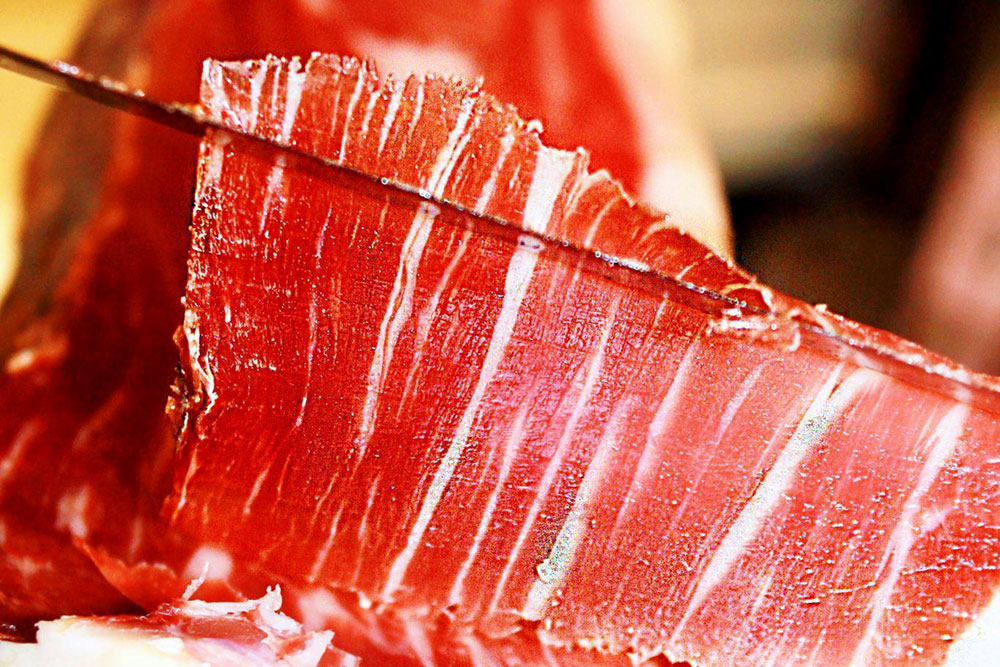
Friends, even though the Chinese wish to emulate our “jamón” and, in the oak groves of Texas, the Americans are already at it, I am not overstating myself by saying Spain is without a doubt the mother of all “jamones de pata negra”. Even more so now that the Minister of Agriculture, Food and the Environment granted for the first time the “Spanish Food Award to the Best Jamón of 2016”, the categories were “Jamón de bellota ibérico” and “Jamón Serrano or other Acknowledged Quality Figures”. The winner for the “Jamón de bellota ibérico” was the Jamón de bellota 100% ibérico “Encinares del Sur” from the protected designation of origin Los Pedroches (Córdoba). As of today we can officially state that Córdoba is home to the best Jamón in the World.
Metrominuto: walking in Cordoba
- Details

Walking is not only a kind recommendation but of the utmost necessity if you wish to truly know and enjoy Cordoba. Its tangled urban scene takes us again and again to the days of the Caliphate. We shall not see squared blocks nor parallel streets, instead an enormous and rich treasure lays at our feet waiting to be seen when passing by. The old city is big and round and this roundness happily result in walkable distances. Paseo is Cordóba's middle name.
The name of the streets in Córdoba
- Details
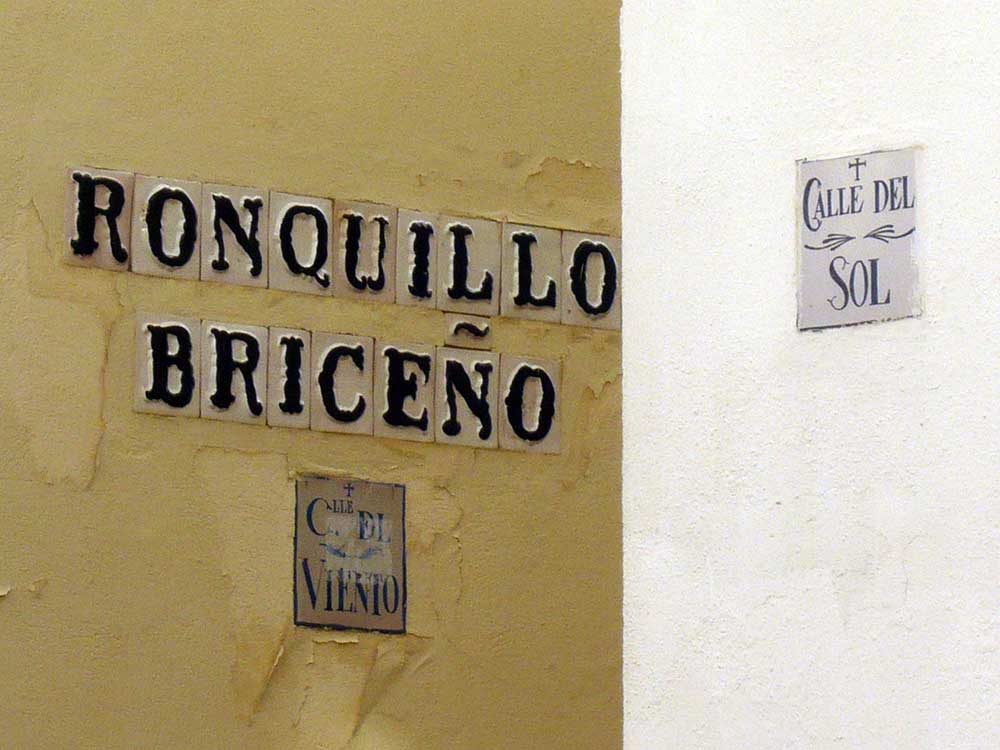
It is around the middle of the XIXth century when marking the streets with personal names becomes a fashion. A questionable fashion that allowed Governments trends to do and undo almost at will since then. Before that, names were chosen by the actual users of those spaces. The names of streets and squares would traditionally tell us about their origin, purpose or common use; one could always relate to a story underneath.
The oldest bell in Europe
- Details
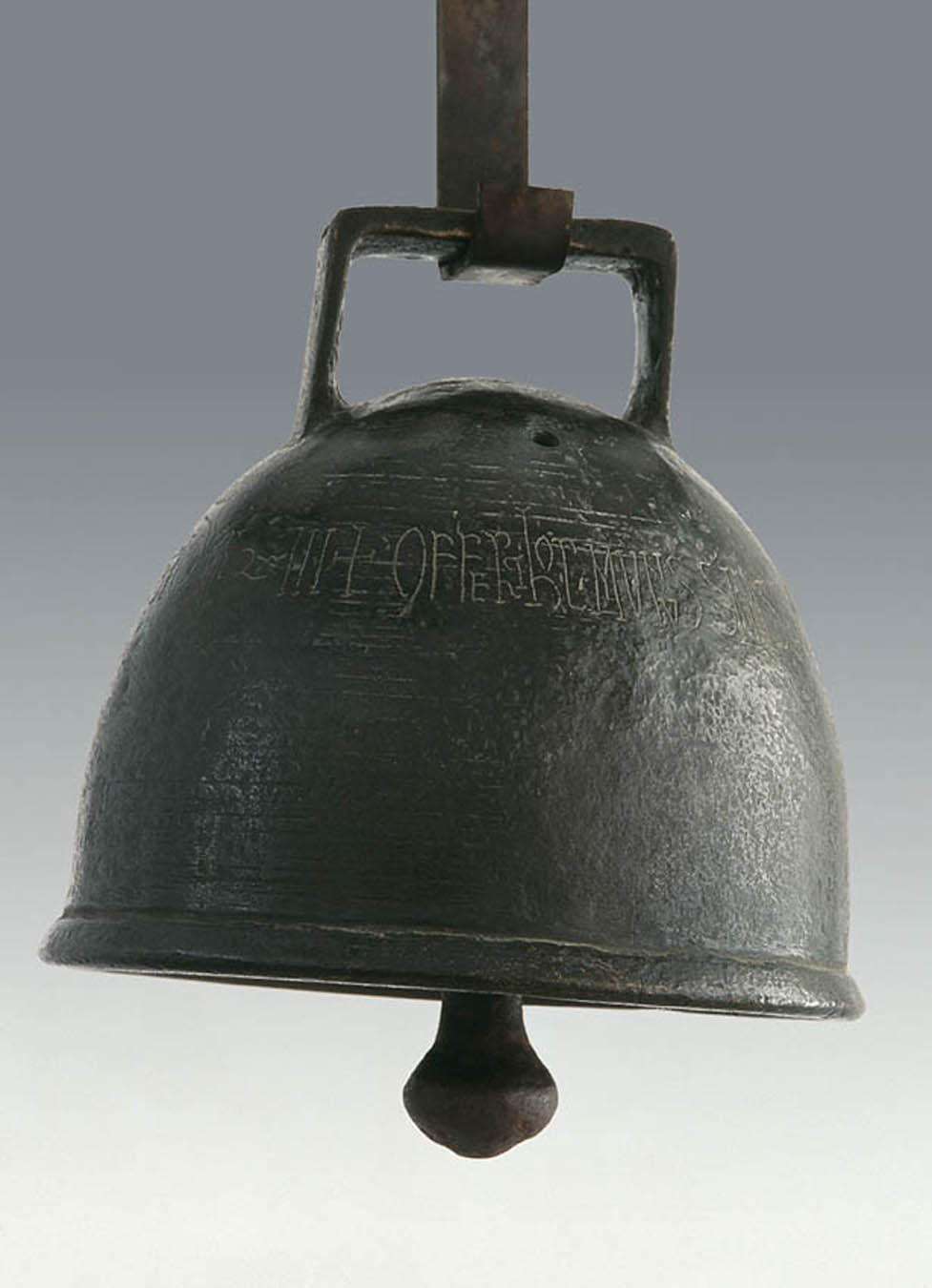
When talking about ancient bells we ought to establish two different categories. The first category would apply to oldest bells in general, without taking into consideration their current use or disuse. The second category would account for oldest bells still ringing at the top of a bell tower nowadays. It is to this second category that the famous bell “Wamba”, from the Cathedral of Oviedo, belongs to. In fact, the bell preceded the bell tower: it was molten in 1219.
Sorolla paints the "Patio de los Naranjos"
- Details

Because of the correspondence he had with his wife Clotilde when he travels, we know that Joaquín Sorolla visited Córdoba for the first time at the end of march in 1902. “Impressions are so fast and so many that my head feels like a madhouse. We treated ourselves to such an artistic binge in Córdoba” he writes in one of the letters.

Legal Notice | Privacy Policy | Cookie Policy | Terms of Sale | Site map
Hotel 2** City | Registration No. H/CO/00731
© 2025 hotel viento 10
All rights reserved

